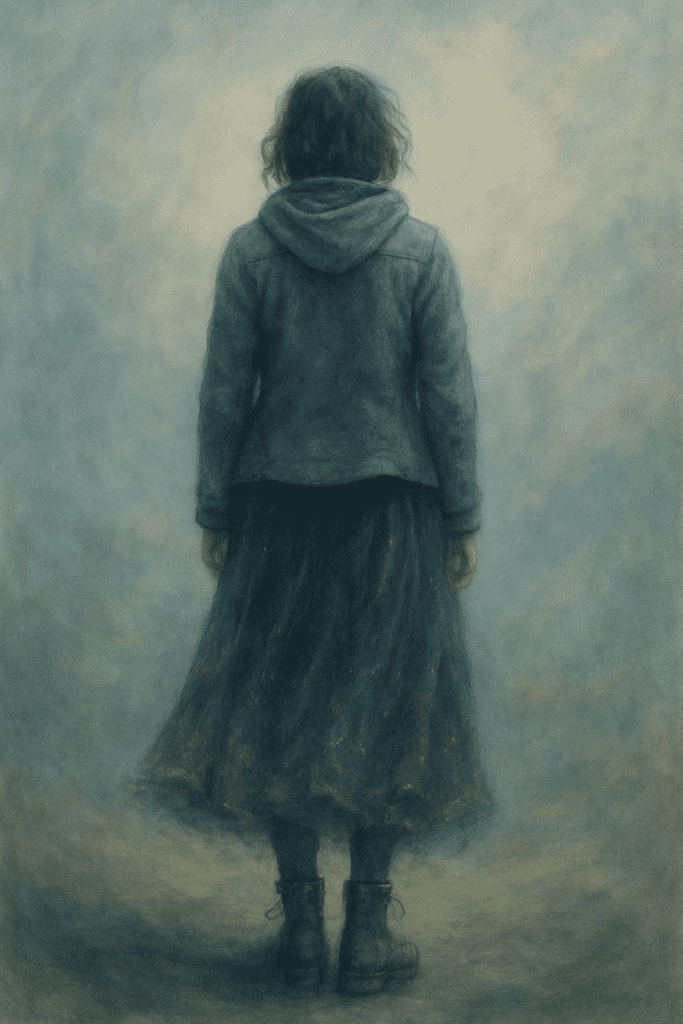
It’s one of those lines that lands somewhere low in the belly when you hear it. Because we sort of know it already, don’t we? That a stiff neck, a clamped jaw, or a hollow ache in the chest might not be just “bad posture” or “getting older.” That sometimes, our bodies tell stories we haven’t quite found the words for yet.
People who come to therapy often say something like: “It wasn’t that bad. I don’t remember much, really. But I feel anxious all the time.” Or “Nothing happened. I just can’t sleep. Or relax. Or breathe properly unless I’m alone.”
And here’s the thing, when overwhelming or traumatic things happen, especially in childhood, our brains are very clever at tucking them away. It’s a survival strategy. The thinking parts of the brain go offline, and we shift into don’t think just survive mode. Sometimes, that means zoning out. Sometimes, it means becoming super good at pretending everything’s fine. But the body? It stays switched on.
Dissociation and the body’s memory
You might have heard of dissociation, spacing out, feeling unreal, forgetting chunks of time, or even just living with a strange sense of not quite being in your life. For many people who’ve experienced developmental or complex trauma, dissociation becomes the brain’s go to strategy. It allows us to carry on functioning, studying, working, caring for others, even when we’re not really here.
But while the mind floats away, the body holds the line. And that’s where symptoms often show up: chronic fatigue, pain, IBS, panic attacks, POTS, skin flares, tight muscles, migraines… not because you’re “too sensitive,” but because the body is trying to complete responses that never had a chance to finish. It’s trying to make sense of what your mind had to leave behind.
Trauma therapists like Janina Fisher and Bessel van der Kolk talk about this a lot, how trauma isn’t just remembered in the mind, but stored in the body. Judith Herman, whose work has been foundational in understanding complex trauma, reminds us that healing starts with safety and connection. Not dramatic breakthroughs, but slow, steady re-connection with parts of ourselves that have been out of reach.
Gentle repair
In therapy, we don’t go digging for buried memories. That’s not the goal. What we do is notice. We slow down. We get curious. Sometimes, someone might say “I don’t know why, but when I talk about that time, I get pins and needles in my hands.” That’s not weird, that’s information.
Over time, this attention can soften the split between mind and body. It can help you feel less like a floating head and more like a whole person again. It’s not always quick, and it’s rarely tidy. But it is possible.
So, if you find yourself saying “I don’t remember, but I know something’s not right” — you’re not imagining it. You don’t have to prove your pain for it to be valid. Your body may be the most honest narrator you’ve got.

